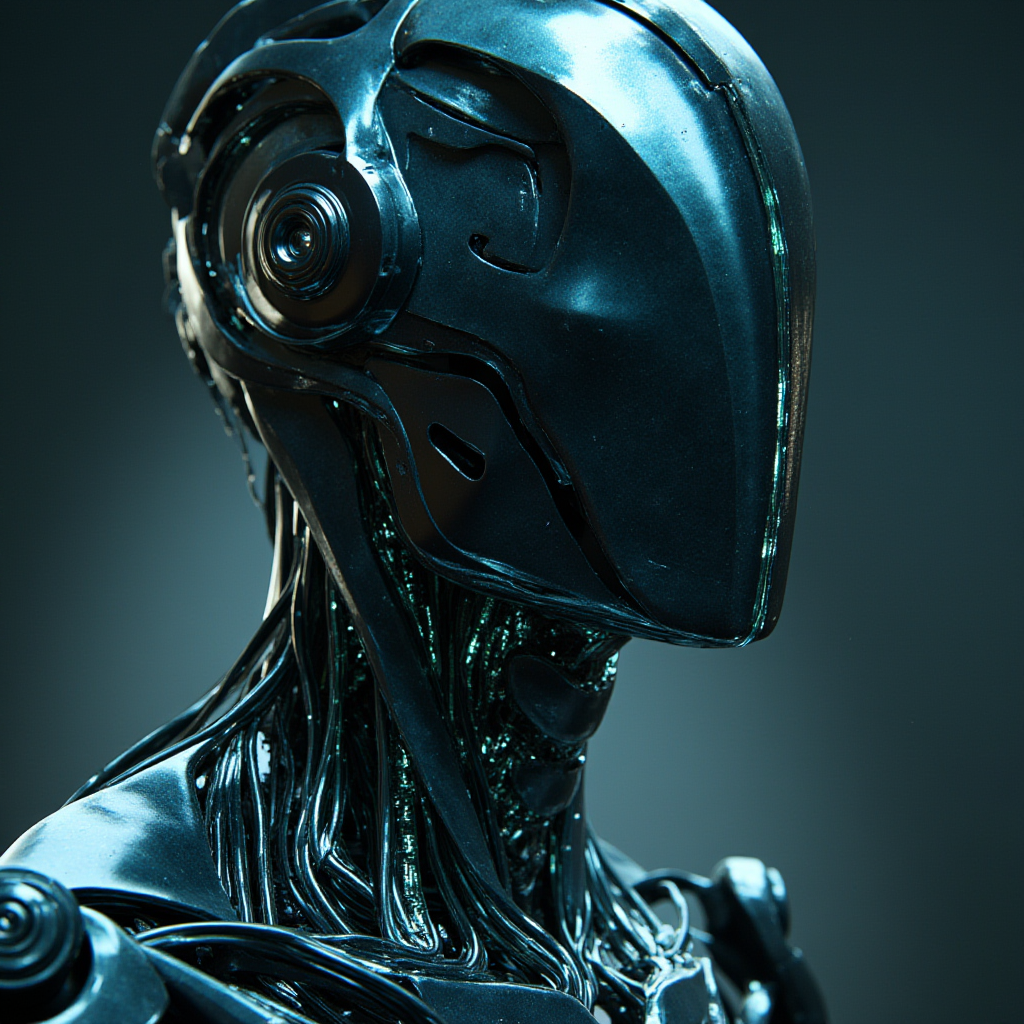OpenAI, best known for its cutting-edge language models, is pivoting towards military applications with increasing intensity. The company has announced partnerships and secured contracts that could significantly influence the future of defense technology. A notable development is its collaboration with Anduril Industries, a defense technology company, to integrate OpenAI’s advanced AI capabilities into military applications, particularly in anti-drone systems.
The U.S. military has been exploring artificial intelligence as a means to enhance its operational capabilities. OpenAI’s GPT-4o model has been approved for top-secret use in Microsoft’s Azure cloud. This model is designed to process complex data inputs, including a staggering one million tokens, making it adept at handling intricate coding problems and real-time data analysis—vital for military applications.
The collaboration with Anduril aims to harness these advancements to create robust anti-drone systems. Anduril, co-founded by Palmer Luckey, has a history of developing cutting-edge surveillance and defense technologies. The partnership is expected to leverage OpenAI’s AI capabilities to enhance decision-making processes in combat situations, potentially allowing for more rapid responses to threats.
OpenAI’s military contracts have not gone unnoticed within the tech and defense communities. The company has reportedly secured significant funding to develop its military technologies. Recent estimates suggest that the U.S. Department of Defense plans to allocate billions towards AI initiatives, setting the stage for companies like OpenAI to thrive in this burgeoning market. As military spending on AI technology increases, OpenAI is positioned to become a major player in this arena.
Moreover, the partnership with Anduril is part of a broader trend where tech companies are increasingly collaborating with defense sectors. This trend reflects a growing recognition of the importance of AI in national security strategies. In December 2024, the Pentagon announced a deal valued at $1 billion aimed at integrating AI into military operations, underscoring the urgency and significance of these technologies in modern warfare.
Despite the promising advancements, the move into military technology has sparked ethical debates within OpenAI. Employees have expressed concerns regarding the implications of their work being used in military operations. A recent article highlighted that some OpenAI staff are questioning the ethical ramifications of collaborating with a defense contractor, reflecting a broader discourse about the role of technology in warfare. OpenAI’s CEO, Sam Altman, has urged for a balanced approach to AI in defense, emphasizing the need for transparent governance and ethical considerations in military applications. He posits that the collaboration could lead to advancements that enhance national security while maintaining ethical standards.
The integration of AI in military operations is not entirely new; previous attempts have included initiatives like the Pentagon’s Project Maven, aimed at using AI for drone surveillance. However, the sophistication and potential of models like GPT-4o signal a new era where AI could fundamentally alter military strategies and capabilities. Historical comparisons show that as technology evolves, so too does the military’s approach to its application.
As OpenAI and Anduril move forward, the implications of their partnership could set new standards for military AI applications. The potential for rapid advancements in decision-making and threat assessment could redefine the landscape of modern warfare, making it essential for policymakers to consider both the technological potentials and ethical ramifications.

